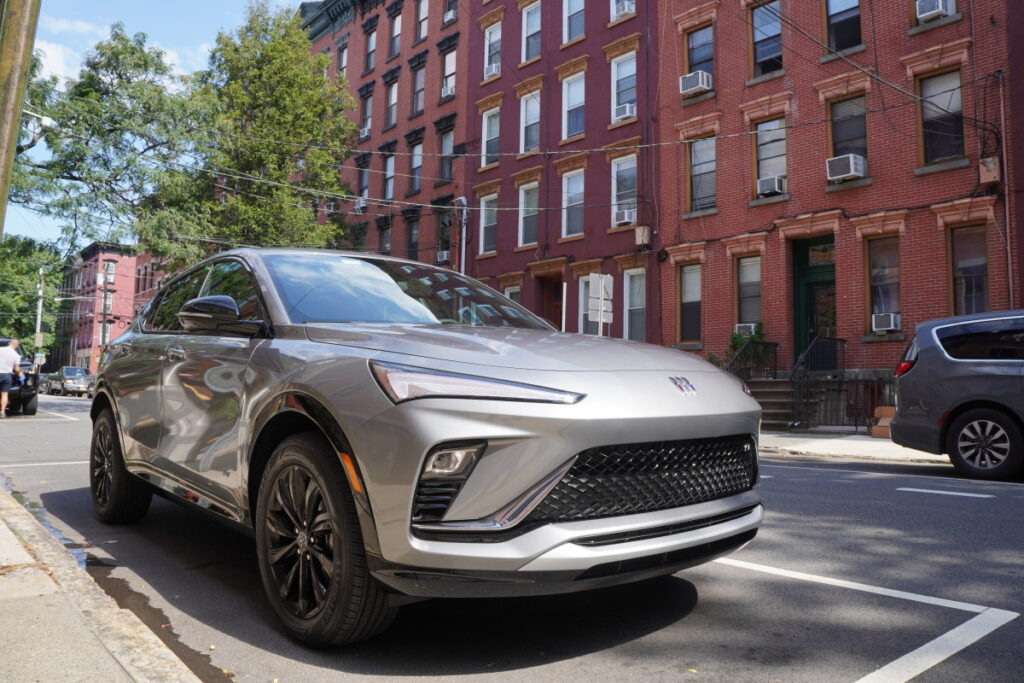Chinese, Japanese, dirty knees, look at these.
I am not Chinese, but growing up, that was the nicest of the kind of jingoistic bullying I constantly heard by smart alecs on the playground.
I am Filipino, but one of the first things I learned as an Asian American was that no bully, bigot, or racist that I encountered actually cared and could not distinguish the difference. My appearance, my presence, and my being were something they held malice towards; there was no “punch first, ask questions second, and apologize” policy in the hallways and schoolyards of my youth.
But as I leaned into cars and my identity as a gearhead and car enthusiast for an escape and solace from the “real world,” I learned early on that cars are another one of those things that are given labels and unnecessarily racialized and politicized.
Related: The Toyota Crown is a masterclass in cheap, quiet luxury
Even before I enrolled in a vocational high school to get more mechanically inclined, I got a full education on the labels that people unnecessarily attached to cars.
In my day, Hondas and other Japanese cars were “rice burners.”
Toyota Priuses were “for f–s,” while “real men” expressed themselves with a much different kind of car. My peers would emphasize that “real men” liked either loud, powerful Ford Mustangs and Chevrolet Camaros or monstrous Hummers and chromed-out GMC Yukons and Cadillac Escalades.
That kind of sentiment has become a relic from the past, but like bad fashion trends that seemed to come and go and old fads we forgot about, it comes back again to bite people like me in the ass occasionally as if it never left.
Related: Donald Trump’s shocking new proposal is a gut punch to the auto industry
Car culture turns political during an election year
This is an election year, and Chinese vehicles versus the U.S. auto industry has become a political football with which both political parties are playing.
During his presidency, former President Trump applied a 25% tariff on Chinese cars and has vowed to stop automakers from importing cars from factories in Mexico.
On the flip side, a few months ago, President Biden implemented a 100% tariff on Chinese EVs, and his administration recently proposed a rule that would ban Chinese “connected car” hardware and software on national security grounds.
James Ochoa
This is the Buick Envista. Technically, it’s not a Chinese car, but it is a car that General Motors (GM) initially developed for the Chinese market before it landed on American shores.
While test-driving it for a week, I decided to strip away the politics and mystique surrounding the vehicle and find out if a car built for a foreign market — that just happens to be our biggest economic and military rival — can work for American buyers.
Buick in China is a different beast
Before I dive into anything, I need to explain that Buick in China is a very different animal than it is in the United States.
Buick is a very respected brand in China.
According to a 2019 CNBC report, its popularity owes itself to being “the vehicle of choice for many famous Chinese figures in the middle of the 20th century, including some of the country’s best-known political leaders,” solidifying itself as a premium brand in the eyes of Chinese citizens.
In 1997, General Motors established a partnership with Chinese state-owned automaker SAIC, and by 1999, the first Buick Regals for the Chinese market rolled off the line in Shanghai.
Ever since then, Buick’s Chinese-exclusive models have vastly differed from its American lineup, catering to local tastes, needs, and desires.
View the original article to see embedded media.
The longest-running, and possibly the most notable, Chinese-exclusive Buick is the GL8, a minivan with appointments so luxurious that it seems to rival Rolls-Royce or Maybach. The newest iteration of the GL8, dubbed the “Century Flagship,” can come equipped as a spacious four-seater featuring La-Z-Boy-style reclining backseats and a 32-inch flat-screen TV that acts as a limousine-style partition.
Knowing the type of luxury Buick is capable of providing, you can imagine the kind of excitement car enthusiasts like myself had when we learned that one of their China exclusives was coming stateside. In November 2022, Buick announced that it was bringing over the Envista, a small crossover that previously had solely been a Chinese exclusive.
In September 2024, I got to drive it.
The 2025 Buick Envista ST James Ochoa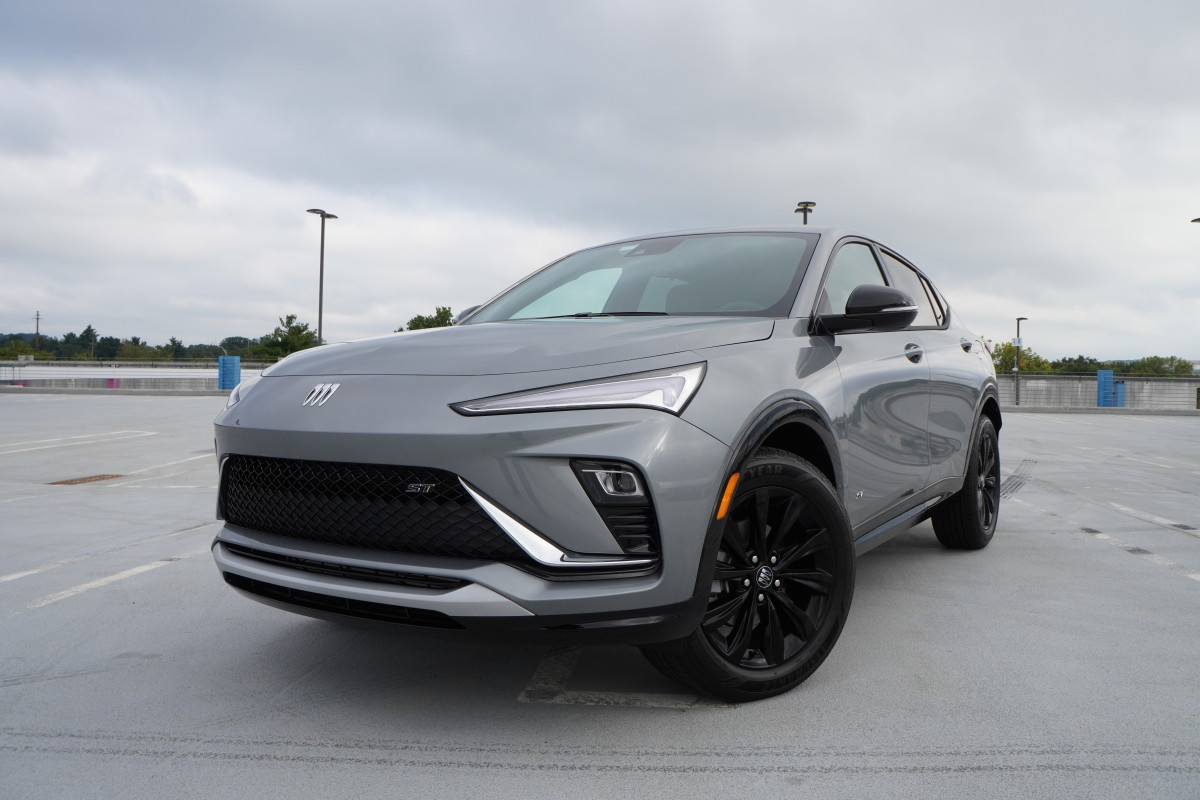
The Buick Envista
The Envista I tested was the 2025 Envista Sport Touring, or ST.
Upon first glance, I quickly began admiring how sleek the car was. If you thought that Buick was only capable of making puffy, blobby left-lane residents like the Regal, LeSabre or Century, think again.
The angles and sharp lines of the Envista are un-Buick-like, and not in a bad way. Overall, the shape is a sweeping, coupe-like design that creates a fastback-like shape towards the back of the car, much like BMW’s X4, X6, or Mercedes GLC.
The Envista’s design is not only an update for Buick in the 2020s but also a game-changing shape that elevates its brand image to be palatable to higher tastes. In fact, I think from far away it looks a lot like a a Lexus with a different badge.
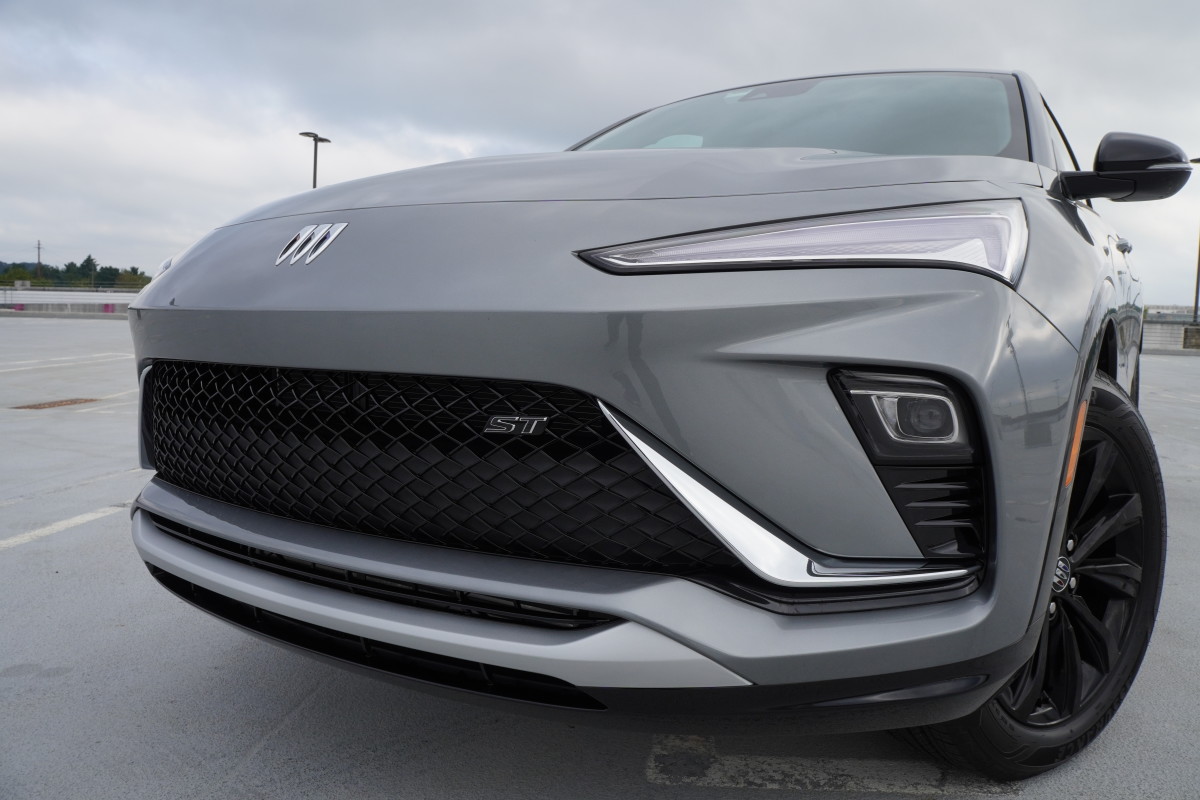
James Ochoa
The same “upscale” look is transferred over to the interior, where much of the subtle details indicate that this car is intended to be a much more premium offering.
Hints of chrome add an elegant and classy touch, and the leather-wrapped, flat-bottom steering wheel complements the dark leather seats. Additionally, the headrests have a little “ST” brand embroidery stitched onto them, like on a Bentley, Rolls-Royce, or Ferrari.
One thing that is prioritized in the Chinese market is rear legroom, and like the Buicks of your grandparents, the Buick Envista’s backseat is THE place to be in this car. Although the shape of the coupe-style body looks like there isn’t much headroom to boot, there is as much headroom in the back as your typical family SUV.
The dashboard of the 2025 Buick Envista ST James Ochoa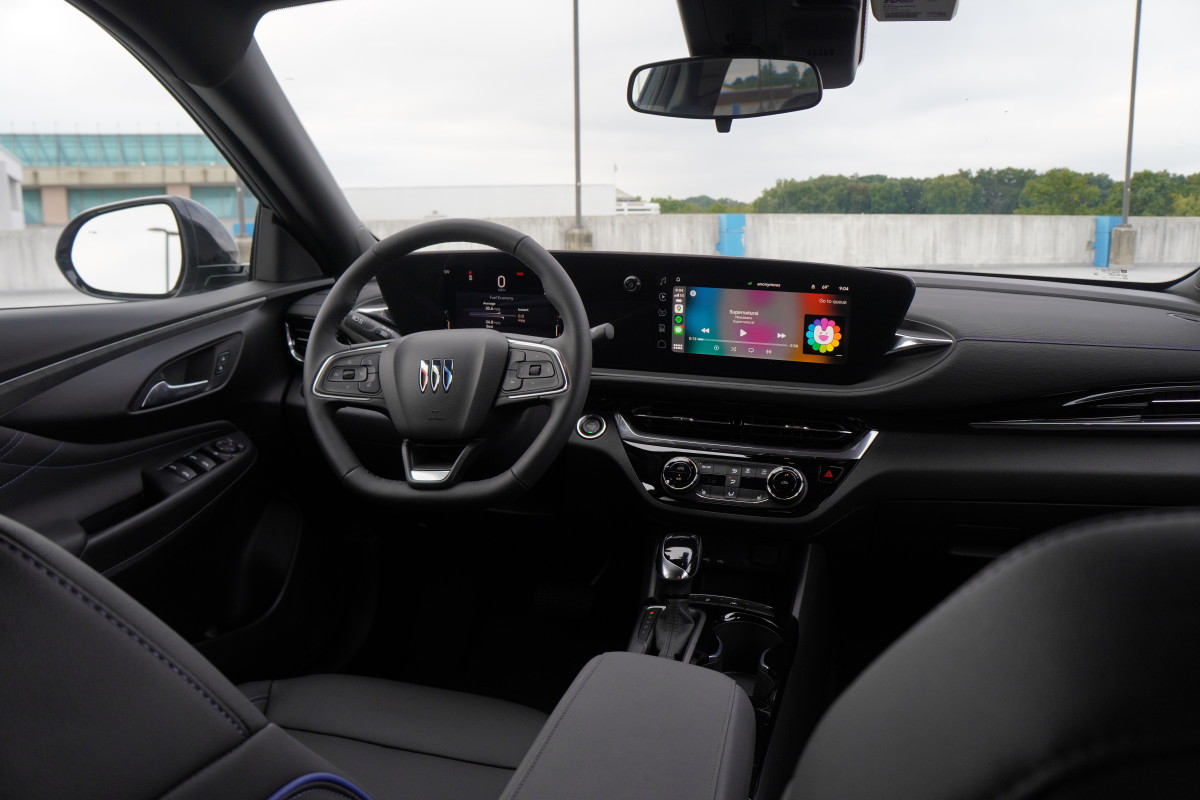
I like my seat pretty far back when I drive, and even with the driver’s seat in my driving position, I am able to sit behind the driver without any discomfort whatsoever. Also, this car’s high driving position and soft suspension makes for a pretty gentle ride that doesn’t send jolts to your spine when encountering a a pothole.
This Envista I drove came with the $595 “Advanced Safety Package,” which features adaptive cruise control, a very convenient feature that worked incredibly well on the highway.
In theory, the Buick Envista has everything it needs to be an amazing car for its price. It’s a well-designed, low-priced premium looking crossover SUV that can act as a great personal sled or family hauler.
However, what holds me back from having that opinion is what happened once I started to actually experience the Envista for what it is.
More Automotive:
- The Toyota Crown is a masterclass in cheap, quiet luxury
- Ford making radical change that might anger loyal consumers
- Gavin Newsom’s ‘EV mandate’ is under U.S. Supreme Court threat
The Buick Envista has glaring flaws
Most of the flaws of the Buick Envista popped out at me when I actually spent time with the car and started driving it around. Throughout my time with this car, any illusion of the Envista being a “premium” product suddenly started to vanish, and it left me with the ugly truth.
I liken the feeling to the experience of buying items from Temu. Say you want to buy sunglasses, but that $180 pair of Ray-Ban’s isn’t something you’re willing to spend right now. You are attracted to a disturbingly low price for something that looks like Wayfarers on Temu, but once you get them, the temples break once you put them on.
I realized the hard truth once the rose-tinted glasses came off.
After a few dozen miles, I felt that the cool, leather-wrapped, flat-bottom steering wheel felt as thin as the ones on a Logitech racing wheel for a PlayStation.
James Ochoa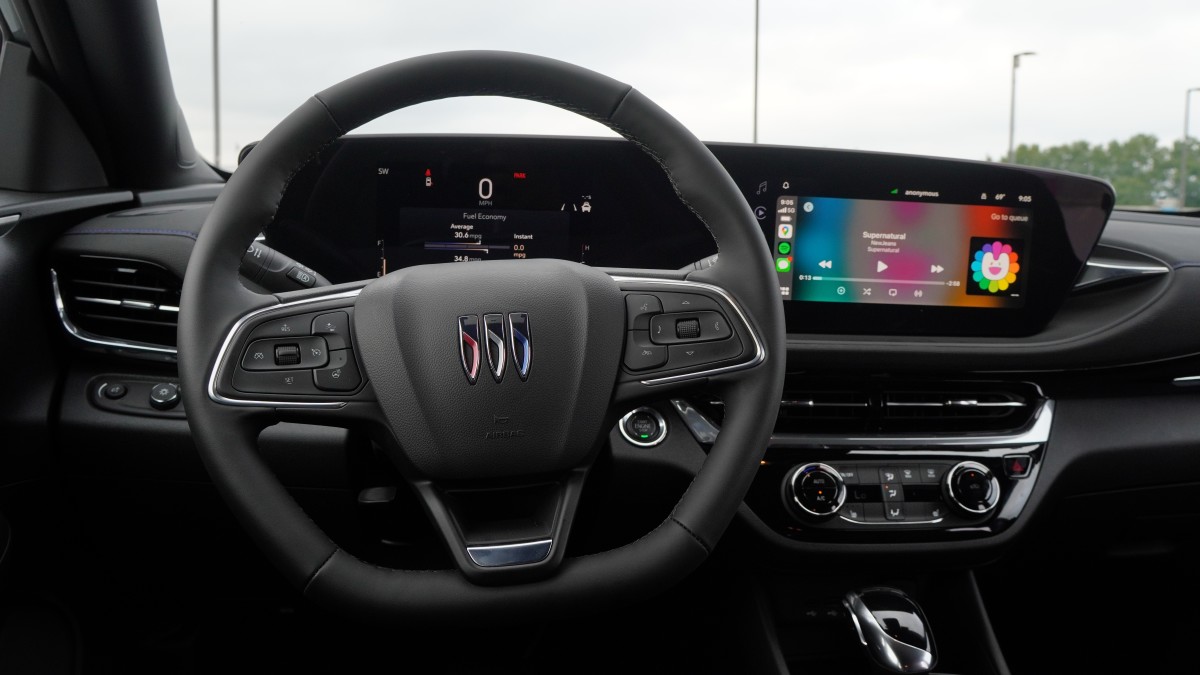
Buick China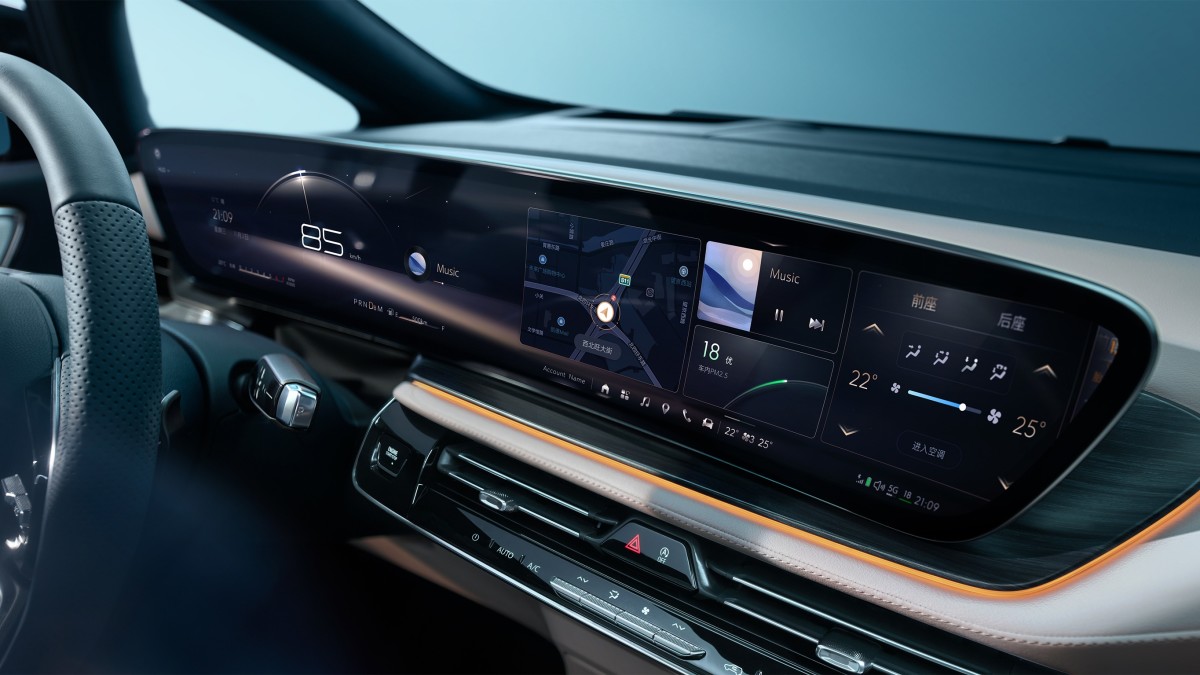
Additionally, I found out that the screen behind the steering wheel is actually two separate, smaller screens. On the Chinese-market Century GL8 that I previously mentioned, this would be one unit that functions as both the gauge cluster and the infotainment screens. It looks not only sleeker and seamless but much more luxurious.
I also found that many of the places surrounding the driver’s seat have uncomfortable hard plastics that vary in texture and feel. In some places, they’re glossy and smooth, and in other places, they are slightly soft. Other surfaces, such as the dashboard, felt like they were intended to replicate 40-grit sandpaper.
To the naked eye, these materials look like leather with contrast stitching, shiny chrome and piano black wood. Obviously, they’re not, but the feeling that I felt when I reached out to touch what I thought I was touching was disappointing. I felt like the car is a big tease.
By far, the absolute worst thing about this car is the creature under the hood. The Buick Envista is powered by a 1.2-liter turbocharged inline three-cylinder engine. Yes, you heard that right: a three-cylinder engine.
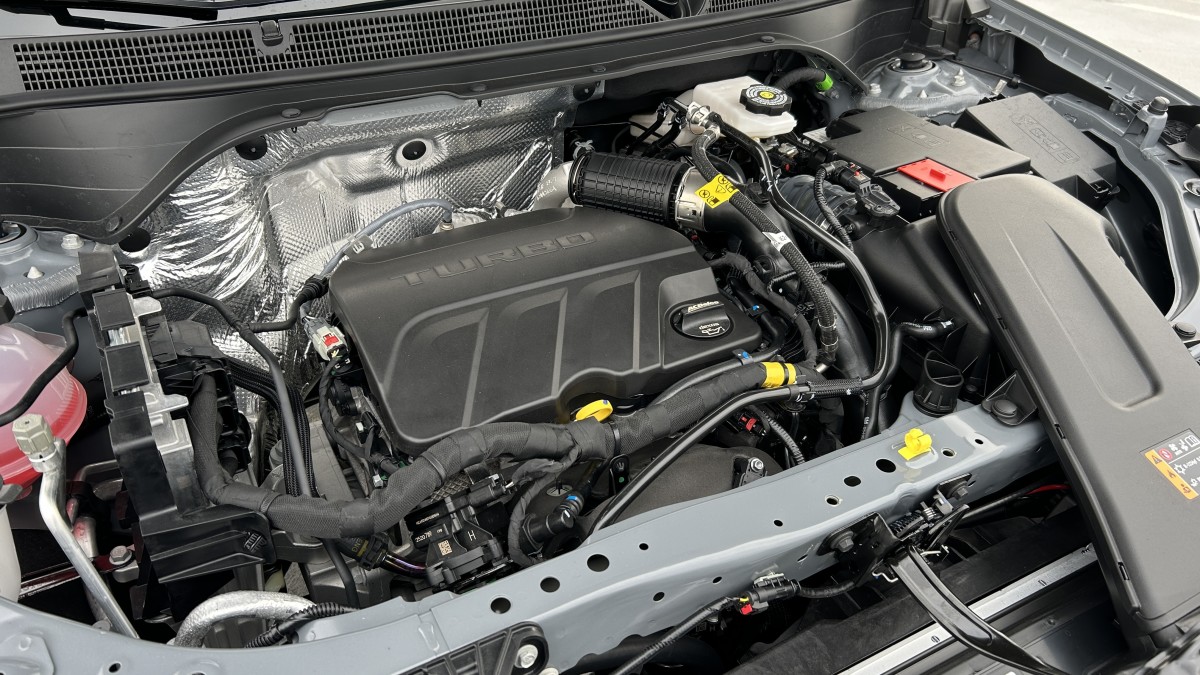
James Ochoa
On paper, it generates 137 horsepower and 162 pound-feet of torque. Zero to sixty miles an hour takes 9.4 seconds and can reach a top speed of 112 miles per hour.
This car weighs about 3,060 pounds, and it feels a bit torquey and quick around town at speeds less than 55 miles an hour. It feels like it has enough power for quick trips to the mall or the grocery store,
But like many Americans who live in or near the metro areas of major cities, most of my daily driving is on highways with speed limits of 55 to 65 miles per hour. Here, the actual speed of cars driving on them is about 10 to 15 miles per hour more than that.
The Envista could keep up with the high-speed highway traffic, but it felt like I was pushing its tiny 1.2-liter motor to its limit. I was not able to find a tachometer on the Buick’s digital screen, but attempting to get up to the flow of traffic from a highway entrance or passing an 18-wheeler made the engine rev so loud that it got louder than the music and podcasts I was listening to.
Ultimately, the Buick Envista is a car that left me yearning for more and disappointed that it couldn’t deliver.
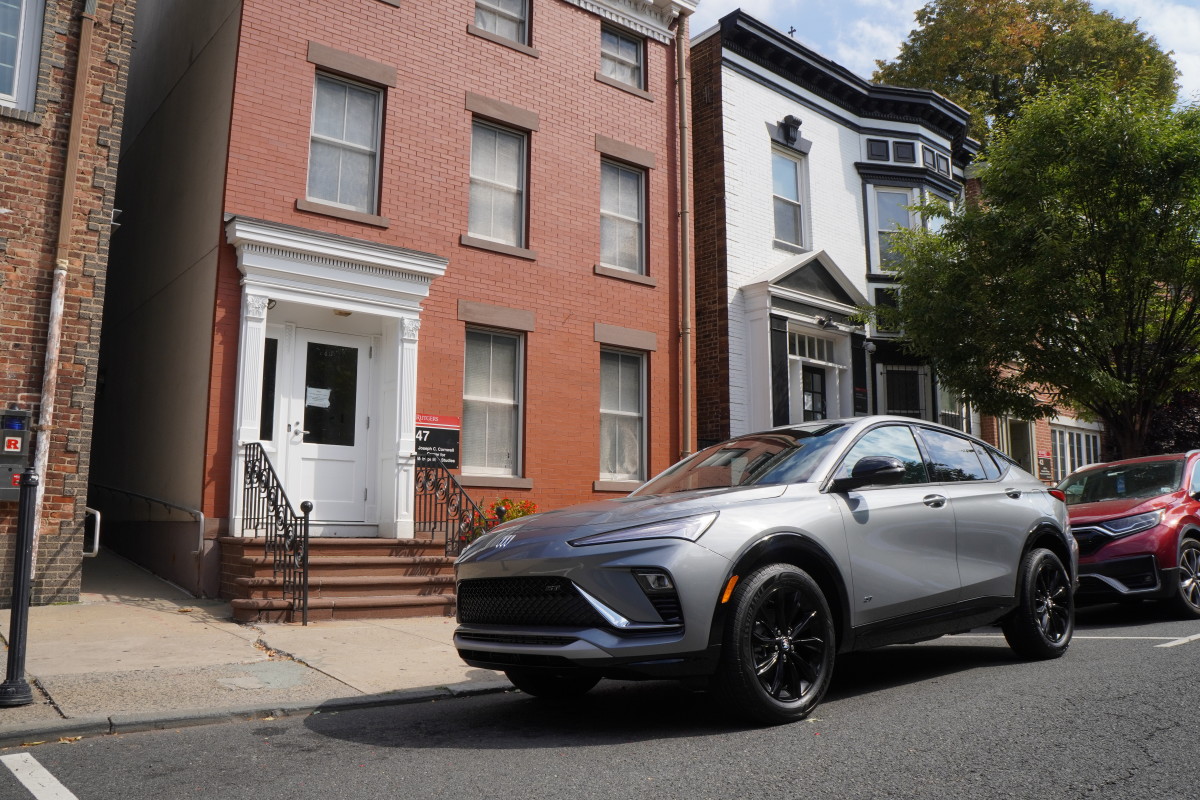
James Ochoa
In Reflection
As tested, this car costs $27,780, and for that price, I would direct buyers to either the Honda HR-V or the Subaru Crosstrek before this one.
At that price point, neither of those cars have leather or leather-like seats, but they are both fitted with stronger motors and still come with many other cool features. For instance, the Honda comes standard with adaptive cruise control, and the Subaru comes standard with all-wheel drive.
The Buick Envista is a very good car, but other choices exist in this crowded segment.
Because we live in a time when the most benign opinions can be misconstrued as a salvo in the ongoing culture wars, I want to make one thing clear: my opinion is not based on whether or not it is a Chinese car. In fact, the window sticker of this U.S.-bound version of the Buick Envista shows that it was built in Bupyeong-gu in Incheon, South Korea.
I think it is important to point that out. I genuinely believe that this car has its flaws, but it is not because it is or isn’t a Chinese car. Anyone could’ve built this car and this car could’ve been built anywhere: Detroit, Toyota City, Shanghai, or Mars—the product is the product.
The problem lies in the fact that I know full well that GM and Buick make very cutting-edge and luxurious vehicles for the Chinese market, and the Buick Envista does not fully represent that. There are a lot of expectations behind the Buick badge, and unfortunately, the Envista falls far short of them.
Related: Ford CEO’s haunting visit to China triggered its radical EV shift
The Buick Envista is not my cup of tea, but it lives under a very complicated shadow, as the Chinese domestic car industry giants like BYD and Geely step up their game.
In a presentation before the Automotive Press Association in June 2024, Bank of America autos analyst John Murphy gave Detroit’s Big Three an ultimatum.
“I think you have to see [Detroit’s Big Three] exit China as soon as they possibly can,” he said. “China is no longer core to GM, Ford or Stellantis.”
I am not an analyst, but as someone who knows a little bit about how the big investment bank analysts come to their conclusions, I still believe there is a chance for GM and Detroit’s Big Three to best the likes of BYD and Geely, whether in China or in the rest of Asia, Europe, and the United States.
It will require a lot of work, a shifting of priorities, a lot of learning, and a lot of self-reflection.
In order to beat them, a car with an interior fit for Temu won’t cut it.
In order to beat them, a car that fights for its life to accelerate to 80 miles per hour won’t cut it.
If Buicks and other Detroit Big Three products stay on lots in China while BYDs fly out the doors, then they must be doing something right.
Disclosure: Buick offered James Ochoa the opportunity to experience the 2025 Buick Envista ST and loaned the example he wrote about for seven days with a full tank of gas.
Related: Veteran fund manager sees world of pain coming for stocks
